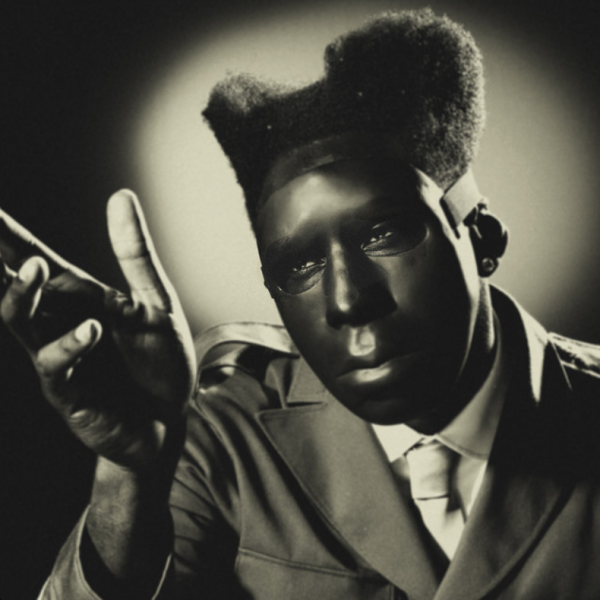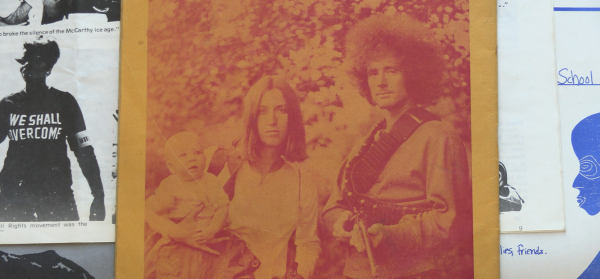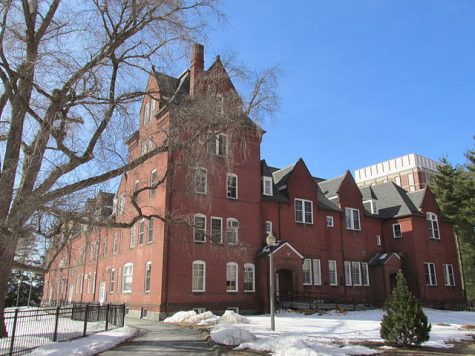Roger Stone’s Destructive Path Through Washington
Stone has been making headlines in Washington ever since the Nixon era.

Roger Stone. (Public Domain/Lizzie Ochoa)
Roger Stone has single-handedly been in more major political scandals in the past 47 years than anyone else in history. From Watergate to the Mueller investigation, here’s a brief history of Stone’s political career.
Stone’s First Rule: The Past is F****** Prologue
Stone was only 19 years old when he was named in the 1972 Watergate scandal. Stone had made a donation to Richard Nixon’s adversary Pete McCloskey in the name of the Young Socialist Alliance. The donation was later used in a local newspaper to discredit McCloskey’s views.
A year after being named in Watergate, Stone became even more involved with the Republican party and was elected the chairman of the Young Republicans.
In 1975, Stone founded the National Conservative Political Action Committee which pioneered negative campaign advertising in massive doses to win elections. According to the Washington Post, “the ads [from] the NCPAC against liberal senators were deemed effective because they were third-party attacks, sparing the conservative challenger accountability.” Campaign ads and politics (particularly name-calling opponents) has never been the same.
By the 1980 presidential elections, Stone was running three northeastern states (New York, New Jersey and Connecticut) as a regional political director for Ronald Reagan. He has been credited for identifying the “Reagan Democrat”—northern blue-collar whites who favored more conservative views on issues like immigration and national security. Roy Cohn, the infamous chief counselor during the McCarthy hearings and special adviser to Donald Trump in his early years, praised Stone on his work on the Reagan campaign.
Often times, as we saw in the case of Richard Nixon, the cover up is easier to catch than the actual crime. And it’s just as bad. The funny thing is that Roger Stone used to work for Richard Nixon. He even has a tattoo of Nixon on his back. pic.twitter.com/fPzxhpnGoH
— Eugene Gu, MD (@eugenegu) January 26, 2019
It was Cohn who later introduced Stone to Trump. At the time, Stone was a partner at the lobbying firm Black, Manafort, Stone and Kelly. Stone and his business partners Charles Black, Paul Manafort and Lee Atwater, worked on George H. W. Bush’s 1988 campaign as advisers. Stone is infamous for creating the Willie Horton ad. After the election of H. W. Bush, Black, Manafort, and Stone returned to their firm where they started representing a larger band of clients (from the UNITA Rebels in Angola to Johnson & Johnson).
In 1988, Stone invited and later brought Trump into the Republican party, parading him through the Republican National Convention. Stone had planned to get Trump acquainted with the right people in the GOP, hoping he would consider running for president in the near future.
Stone’s Second Rule: Admit nothing, deny everything, launch counterattack
While working on Bob Dole’s 1996 campaign, an advertisement in Local Swing Fever appeared, stating Stone and his wife, Nydia Stone, were looking for someone to join them in the bedroom. Stone denied that he placed the ad despite it being linked to his wife’s credit card. He then resigned from Dole’s campaign and took a sabbatical from Washington. A lot of commentators said, “Look how conservative this campaign is; they’re making fun of a guy having sex with his wife!”

(Public Domain/William Fitz-Patrick)
Stone’s Third Rule: Business is business
However, Stone was not out of the limelight for long. In 2000, he claimed to have given the order to flood the halls of the Stephen P. Clark Government Center where the Florida recount was happening on the 18th floor, starting the infamous Brooks Brothers Riot. Brad Blakeman, a lobbyist and political consultant who worked for Bush in Miami, claims Stone was never in the Winnebago giving orders to anyone.
In 1992, the Reform Party started to gain traction, pulling votes from both Democrats and Republicans and eight years later, Stone devised a plan to take them down. Since he hated working on the Pat Buchanan campaign, he sabotaged it by getting Buchanan to switch from a Republican to a Reform Party member. He also convinced Trump to join the Reform Party and joined Trump’s campaign as political director. Although Buchanan won the Reform Party nomination, he received less than 1 percent of the national vote and the Reform Party fell apart.
In 2007, Stone took credit for bringing New York Governor Eliot Spitzer’s career to an end by claiming that Spitzer has sex with his socks on.
During the Obama administration, Stone claimed there was a tape of Michelle Obama saying “whitey.” He also alleged that Obama was a secret Muslim and a Manchurian president.
Stone’s Fourth Rule: To win you must do everything
Trump announced his presidential bid in 2015, hiring Stone as an adviser. Although the two had a falling out, Stone still had some say in the campaign. When Paul Manafort was named Trump’s campaign convention manager in the spring of 2016, Stone called a reporter and started singing “Back in the Saddle Again.”
Manafort resigned a few months later, leaving Kellyanne Conway to guide the Trump campaign through the presidency. Steve Bannon, Roger Ailes, and Stone were named unofficial advisers.
During Trump’s second presidential campaign with Hillary Clinton, Trump accused Clinton of defending sexual assault of women by defending Kathy Shelton’s alleged rapist Thomas Alfred Taylor. The Chicago Tribune found that Shelton had been paid $2,500 by a political action committee founded by Stone to appear with Trump before the debate.
Stone was arrested on Friday, Jan. 25 on six counts of false testimony and one count of obstructing a proceeding.
Email Amelia at ameliamarcea@umass.edu.










